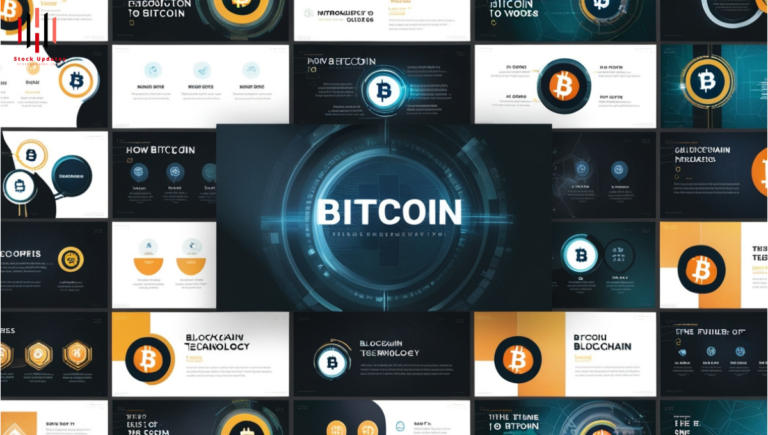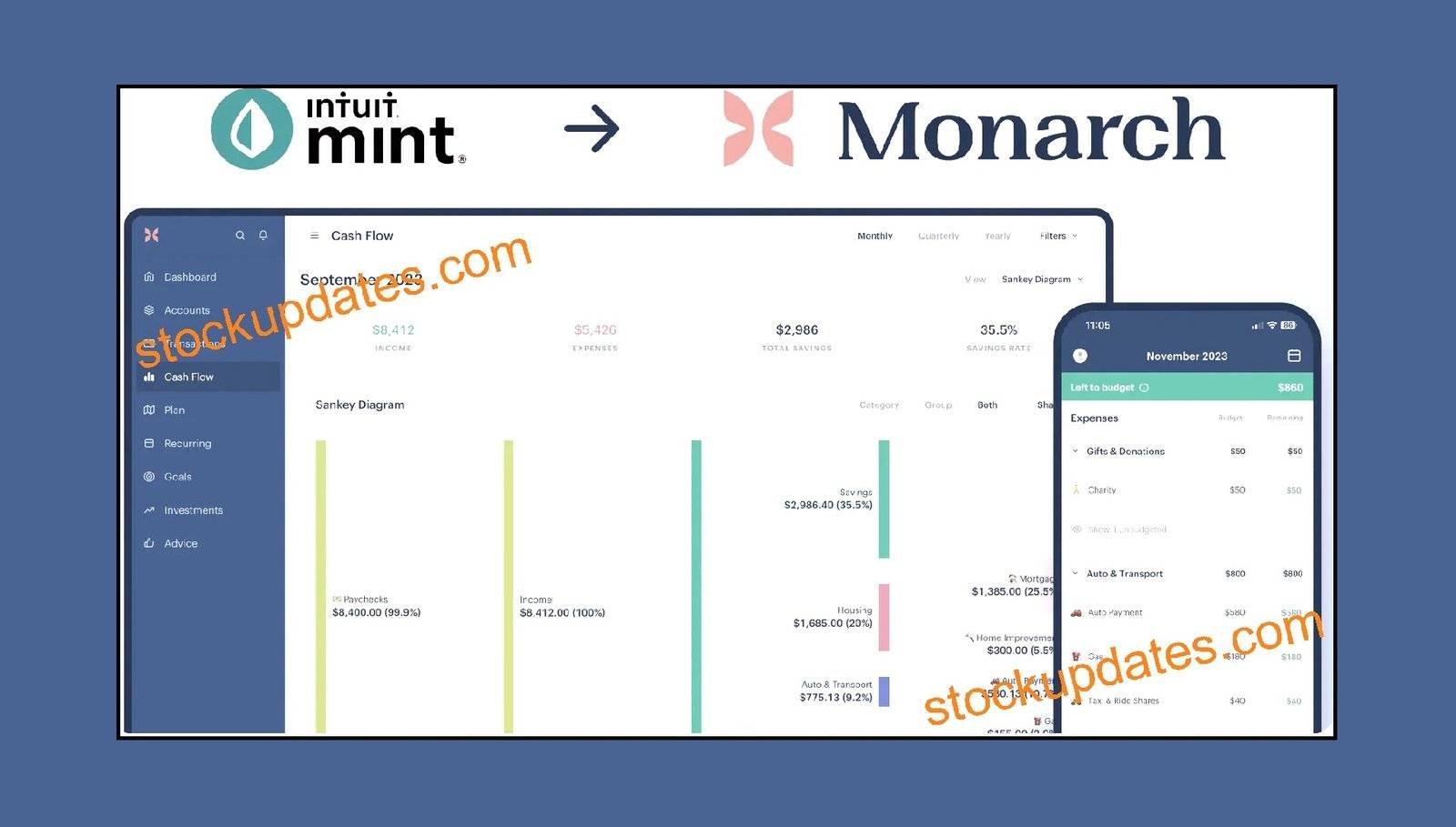Mint Shutdown
Introduction to Mint Shutdown A Big Blow to Fintech’s Personal Finance Management
In Mint Shutdown what may be termed a shocking move, Intuit, the maker of Mint, announced a close-down for this rather popular personal finance management app. The move left a shake in the fintech enterprise as millions of customers began asking what next for their economic facts and destiny in using the arena.
What is Mint?
Before understanding Mint shutdown firstly we need to understand what mint is? Mint is an internally-held, closed personal financial management tool for clients to track their spending, budgeting, and monetary goals. Founded in 2007, Mint quickly gained success with its ease of use and rich feature set for free. It would eventually become one of the most-used personal finance apps, having more than 25 million registered customers.
Mint Shutdown Intuit
Finally, there have been reports that Intuit recently shut down Mint, one of the largest personal finance management tools. Launched in 2006 and picked up by Intuit in 2009, Mint transformed the way individuals kept track of their finances through a web interface that allowed users to not just make budgets but also track their expenses and credit scores. However, in August 2024, Intuit announced that it was discontinuing Mint as part of a greater strategy to focus on fewer financial products and on its goal to improve them, two of which are the successful large brands QuickBooks and TurboTax. That shutdown left millions of users in search of alternatives to manage their financial life, really illustrating the difficulty and changing dynamic between fintechs. Shutting Mint down listens to competitive pressure within the industry of fintech, where companies innovate to be relevant and profitable in a changing market.
History of Mint Shutdown Intuit
Here’s a table summarizing the yearly history leading up to the Mint shutdown by Intuit:
| Year | Event | Details |
| 2006 | Launch of Mint | Mint is launched as a free personal finance management tool, quickly gaining popularity. |
| 2007 | Rapid Growth | Mint reaches 100,000 users, becoming one of the fastest-growing personal finance apps. |
| 2009 | Acquisition by Intuit | Intuit acquires Mint for approximately $170 million, integrating it with its suite of financial products. |
| 2010-2015 | Continued Popularity | Mint continues to grow, expanding its features to include credit score tracking, investment management, and bill payment reminders. |
| 2016 | Integration with Intuit Products | Intuit begins deeper integration of Mint with other products like TurboTax and QuickBooks. |
| 2018 | Shift in Focus | Intuit starts focusing more on its core products, with less emphasis on expanding Mint’s features. |
| 2020 | Decline in Updates | Users begin to notice fewer updates and new features for Mint, leading to speculation about its future. |
| 2022 | Introduction of Competitors | Rise of competing personal finance apps and services, offering more advanced features and integrations. |
| 2023 | Speculation on Shutdown | Rumors and reports surface that Intuit may be planning to phase out Mint due to strategic shifts. |
| 2024 | Official Shutdown Announcement | In August, Intuit officially announces the shutdown of Mint, signaling the end of the service. |
| 2024 | Mint Shutdown | Mint is officially discontinued, with users advised to transition to other Intuit products or alternative services. |
This table captures the key milestones in Mint’s history, leading up to its eventual shutdown in 2024.
Reasons to Ax
Intuit has defined that it shut down Mint due to “strategic picks” and a choice to focus on “core merchandise.” This company will transfer Mint’s customers to every other financial management device it owns known as Turbo. However, this move is inflicting consternation among the customers and FinTech experts.
Impact of Mint shutdown on Fintech
The broader implications of Mint shutdown means Mint going out of business enterprise at the fintech business are as follows:
- Distrust: due to which users might not trust fintech apps for the management of private finance anymore. Less adoption, in the long term, will lose confidence in this area.
- Consolidation: This can further consolidate the FinTech industry wherein large corporations will start acquiring the smaller ones.
- Innovation: Mint’s death would throttle innovation in personal finance management. This is because while smaller startups can’t compete with the big guys without issues, they might run out of gas pretty fast.
- Data safety: Challenges to the safety of monetary statistics face the users who, therefore, shed light on strengthening measures for protection of the personal statistics within FinTech.
Alternatives and Future
Since users are targeting other equipment of control in non-public finance, FinTech agencies need to take advantage of the scenario:
- New entrants: Entry into the space that Mint has left behind, with the objective of offering a better more specific answer and growing higher user experience, is without difficulty attained for brand new startups.
- Scaling Current Jobs: Companies like Personal Capital, You Need a Budget, and Credit Karma are going to be able to grow their customer base further and enhance the merchandise.
- Innovation: The shutdown can spur innovation in Fintech by compelling agencies to find holistic private financial management tools that may be friendlier in use.
Conclusion of Mint shutdown
The retirement of Mint is such an epic moment in FinTech: one of the toughest and most full-of-opportunities moments in the same breath for related innovation, increase, and development of user enjoyment. While all customers are going through this modification, closure is important to hold the momentum of a sector with such leading and innovation FinTech businesses that take data safety and person agree with very severely.
Read more about fintech at Stock Updates.
























Post Comment